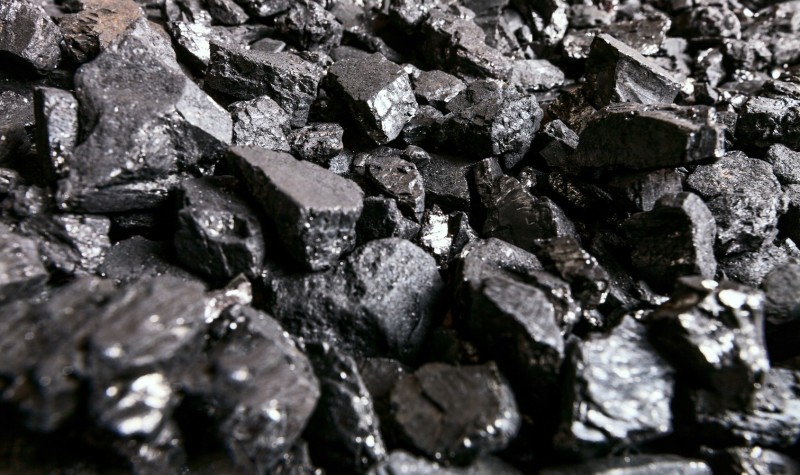Is It Time to Take Profits at Rio Tinto?

Rio at 2,458p (last seen) has a lot of room for a share price pull back. Finding cash for investment and dividends must be a struggle.
Rio Tinto (LON:RIO), the largely iron ore and copper mining stock, may be in the process of a long recovery but it nevertheless has scope for a big, within trend, downward price adjustment on the way. At least, that is how it strikes my eye. Remember that that Rio shares are not expected to perform in line with the market; they have a Beta correlation to the market of an idiosyncratic 1.7. They are an Alpha stock with the characteristic of moving independently of the market as a whole and have been doing pretty much that in recent times.
A little history
Rio shares bottomed out (if that is not too lewd a thought) in January this year when they plummeted to a mere 1,557p. I wrote a note on them that month observing:
“The shares are clearly bombed out, like a town in Syria. Conditions of almost hysterical uncertainty in markets make it difficult to form a positive judgment. But in my experience and lifetime, these are the times which throw up long-term bargains. No one knows the future. But it is in the darkest times that you make the best returns. Rio Tinto has shown itself an efficient, well managed, cash generative business. Moreover, when the turn comes, it also has the gearing to take the fullest advantage of it. I judge this equity to be attractive on its own terms.”
According to my written notes, the share price was then 1,724p, having risen a ‘beckoning’ 10 per cent, from its January low of 1,557p. It later travelled on to peak at 2,621p last October. So it soared almost 70 per cent (something the market did not manage) in about ten months, in true Alpha style. I labour the point to emphasise the fact that Rio is rated a share likely to be more volatile than the market and that is an important part of its value to investors.
The current technical situation
I my last note on this share in July 2016 – written to assess it after the Brexit referendum vote as one of its stock market beneficiaries because of devaluation – I began to question its valuation in relation to its dividend, pointing out that that the company’s management needed cash to invest in its latest big copper development, which undermined (no pun intended) confidence in estimates of future annual dividend payments. My precise observation was the following:
“The estimated dividend yield of 3.5 per cent for this year looks useful but dividend payments according to the consensus estimates show an expectation of a dividend cut next year bringing the annual dividend down to 3.1 per cent next year as Rio puts more money into its big copper project.”
If the shares are off a ‘beckoning’ 7 per cent from the peak (the share price was 1,557p last seen) the chart, on the basis of my reading of it, could easily fall by about 40 per cent to an estimated 2,200p and still remain on trend. As I always say on these occasions about chart evaluation, it is a subjective business so have a look for yourself.
Where is the investment cash coming from?
With a big copper investment on the agenda, how will Rio finance it? Last year the company’s policy was to reduce both investment spending and debt. I assume that the managers will wish to fund the new copper project with that policy in mind. When it comes to borrowing, last year’s total debt to equity capital ratio was closer to 60 per cent than to 50 per cent.
One can well understand why a company like Rio, with an eye always on long-term prospects, must always remain attuned to shorter-term risks. This must include consideration of the world economy and interest rates returning to something like normality on a medium-term outlook, with the US leading the way. Rio, as a long-term investor and business planner without control of external macroeconomic events, is most likely to set a medium-term course and probably stick to it. Consequently, I judge it unlikely that the company will wish to increase borrowings at this juncture but will rather continue to try to reduce them as part of long-term financial planning. They are not asset managers who think short term and for whom a quarter of a year is a long time. They do not ‘flip flop’ like that.
Dividends by their nature are variable over time and it is normal to reduce them when cash flow and other circumstances dictate. In the first six months of the current year, the company cut the amount of cash it distributes to ordinary shareholders as dividend by 10 per cent. It paid a half-year dividend of 45 US cents (although a UK registered company, it reports in US dollars), which, with a curious turn of phrase, it said was ‘no less consistent’ with an annual payment of 110 US cents. It suggests to me a desire for wriggle room by not making an emphatic promise of a110 cent annual dividend; it seems to me more like a nudge and a wink than a promise. The company of course reported a 58% reduction in the interim stage dividend payout from 110 cents to 45 cents.
The market as measured in the latest consensus of dividend estimates shows first a historic annual dividend of 215 cents, which at 1.30 dollars to the pound represents a 165p annual dividend and a historic sterling dividend yield of 6.8 per cent. The consensus is for a prospective estimated dividend yield of 3.6 per cent this year and 3.2 per cent next year. This looks too low for Rio Tinto at this stage, and in my view another reason for profit taking.
Comments (0)